2020 Exhibit Dates
Open to Penn College faculty, staff, and students.
Comic books as we know them arrived during the hungry days of The Great Depression, peddled by would-be entrepreneurs struggling to survive. In 1938, the fledgling enterprise suddenly became an industry when Superman appeared on the cover of the first issue of Action Comics. In September 1939, when the Second World War officially began, they exploded. By the time the Japanese bombed Pearl Harbor, popular titles were outselling mainstream magazines such as Time and The Saturday Evening Post, children and adults were thrilling to the exploits of a colorful parade of new superheroes, and the star-spangled Captain America had become a national symbol. Victory for a Dime: The Fighting Comic Books of the Second World War showcases the vibrant, often shocking cover images that exemplified the comic book industry throughout the war years, and helped comics cement an everlasting place in American popular culture.
Mark Fertig is the founder of the graphic design program and chair of the Department of Art + Design at Susquehanna University in Selinsgrove, PA. He’s the author of Take That Adolf! The Fighting Comic Books of the Second World War and Film Noir 101: The 101 Best Film Noir Posters from the 1940s and 1950s, both from Fantagraphics Books. His current book project is Hang ‘Em High: 100 Years of Western Movie Posters.
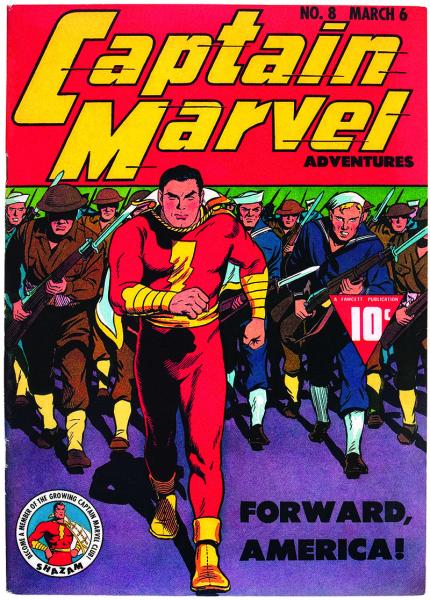 Captain Marvel Adventures #8, March 1942
Captain Marvel Adventures #8, March 1942
2020 Exhibit Dates
“You can’t take it with you…” is about being swept away by the sea of life. It captures the feelings of chaos that enter our lives, the swirl of daily stresses, and culturally significant issues: the refugee or migrant experience, issues of rising sea levels and ocean pollution from plastics, and economics and class divides. “You can’t take it with you…” stews in blue: blue is melancholy, but also meditative and timely; it aligns with the 2020 Pantone color of the year, Classic Blue, and the high rates of depression, especially in children, over climate change. Haviland’s obsession with blue began in India, looking over Jodhpur, the ‘Blue City’, where blue was used to mark the Brahmin, or highest caste, homes from others. Due to the high Brahmin population, the city became blue. Countless unplanned communities throughout India and around the world are also blue, a beautiful shade of aged tarp blue. Almost Brahmin blue. Tarps are everywhere, in every city and town in most countries; especially the blue tarp—the color of the most basic grade of tarpaulin. The tarp is an essential object and material, a cheap one that straddles class divides.
Within her artistic research, Melissa Haviland uses domestic objects as a cultural lens to explore relationships, both personal and economic. Her artwork straddles the boundaries between printmaking and installation-performance. She makes many small prints or large malleable prints that are installed together and engulf the gallery. Printmaking and working in multiples allows her to reference the reiteration of objects and ideas in our culture. Haviland is a Professor of Printmaking at Ohio University’s School of Art and Design. She earned her MFA from the University of Nebraska-Lincoln, and BFA from Illinois State University.
VIRTUAL ARTIST IN RESIDENCE
Material Matters: Past, Present, Future
This exhibition is the second in a series focusing on Pennsylvania’s industrial and manufacturing history through art and art materials. Artists working within a variety of traditional or contemporary materials are featured in the series which includes an artist residency, workshops, and other programs. Visit gallery.pct.edu for details.
 This project is supported in part by the National Endowment for the Arts. To find out more about how National Endowment for the Arts grants impact individuals and communities, visit www.arts.gov.
This project is supported in part by the National Endowment for the Arts. To find out more about how National Endowment for the Arts grants impact individuals and communities, visit www.arts.gov.
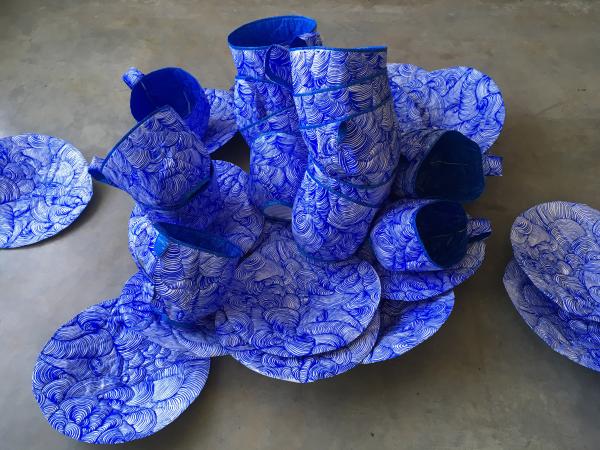 Curiouser & Curiouser, 2019, screen print and sewing on tarp and Tyvek, each set 24" x 24"x 18"
Curiouser & Curiouser, 2019, screen print and sewing on tarp and Tyvek, each set 24" x 24"x 18"
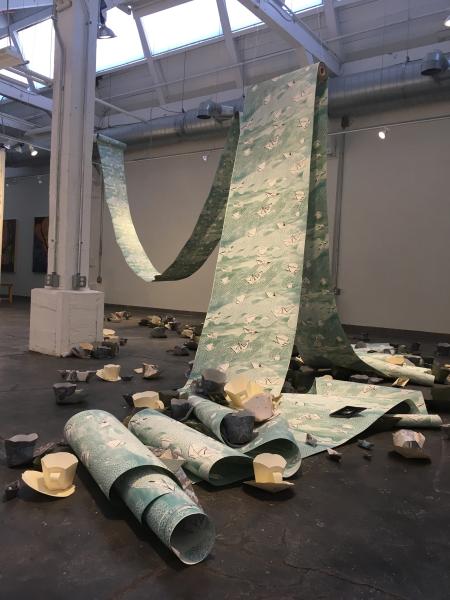 2018, two-sided screen print, paper boats and teacups folded from screen printed wallpaper
2018, two-sided screen print, paper boats and teacups folded from screen printed wallpaper
2020 Exhibit Dates
Architecture & Sustainable Design features the work of the graduating class, May 2021. These students are enrolled in the Building Science and Sustainable Design majors at Penn College. This virtual exhibit will show works from their third and fourth year classes. Each student has chosen two projects to display in this virtual gallery.
The architecture students have designed houses, stores, restaurants, and hotels: all of which have sustainable features. These projects are located around the world. The images show their designs through renderings, plans and other drawings that explain the concepts and layout of their projects. The Penn College architecture programs have a long history and a strong reputation. Associate and bachelor degree graduates have won awards as team members for the Department of Energy Race to Zero and the National Association of Home Builders’ International Builders Show competitions. These graduates are well-versed in sustainability and are making significant contributions to the built environment.
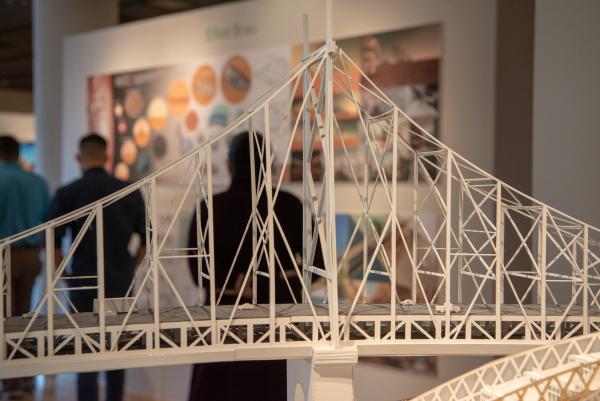 The Gallery
The Gallery
2021 Exhibit Dates
Second Nature grew out of my research into handwriting as memory. It was important to me to write by hand every day to keep me connected to the subject matter. Drawing became the form making. This work places Second Nature in the larger context of handwriting research and my archive of handwritten letters.
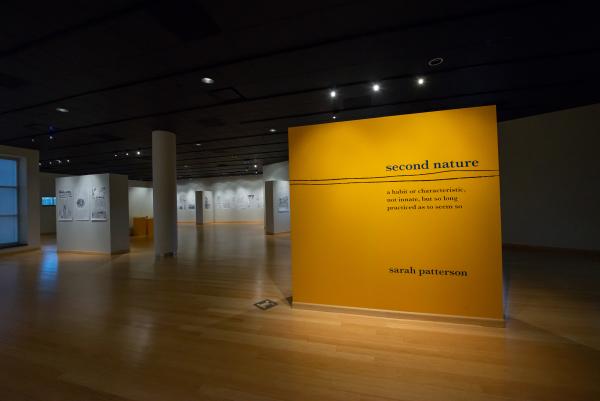 Sarah Patterson, Second Nature
Sarah Patterson, Second Nature
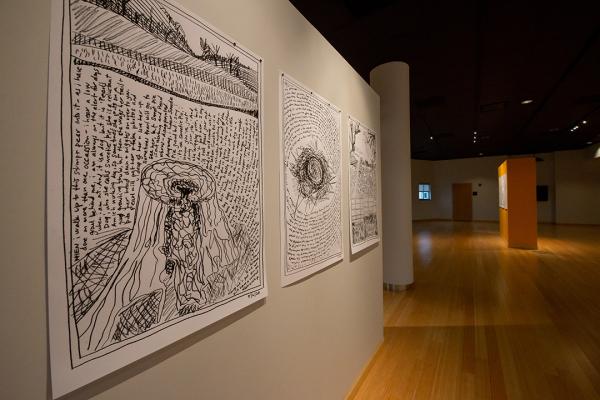 100 days of journaling and drawings
100 days of journaling and drawings
2021 Exhibit Dates
Note: This exhibit is not in the gallery, it is online only.
The allure of the unattainable and its connection to the passage of time are central to John Powers’ creative work, often manifesting through the inclusion of sound and motion as compositional elements. Influences from classical myth, Buddhist philosophy, landscape, and visions of the afterlife intersect freely with interests in technology, music, history, language, and geometry. His exhibition includes kinetic sculpture, carved objects, assemblage, and video works. Though disparate in form and technique, the work is invested in materiality, movement, and the poetic complications that arise at the intersection of the two.
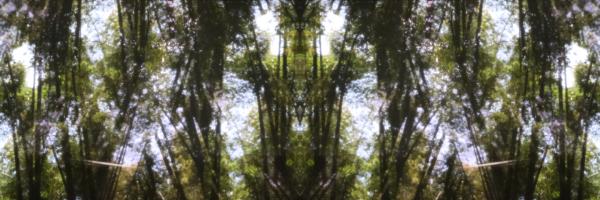 Monzen, 2018, two–channel video projection
Monzen, 2018, two–channel video projection
2021 Exhibit Dates
Gallery Lobby
This exhibit appears in the lobby.
Graphic Design 2021 is an annual exhibition displaying the best design, illustration, and web design work of graphic design majors in their final semester of study at Penn College. For the exhibition, design faculty select the top works developed by each student within their time at Penn College. The exhibition gives students a chance to present their work in marketing, branding, advertising, and design to industry professionals and the community.
Penn College graphic design students have consistently earned recognition through their submissions to regional, national, and international advertising design competitions, particularly in the student category of the AAF American Advertising Awards and the AIGA Blue Ridge’s Flux Student Design Competition.
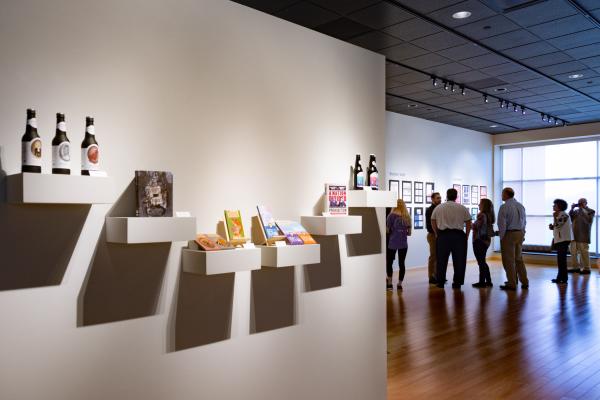 The Gallery
The Gallery
2021 Exhibit Dates
Textiles in Translation is a collection of fiber-based artwork by Pennsylvania regional members of Studio Art Quilt Associates (SAQA). The juried exhibit will highlight a diverse range of styles and techniques, showcasing fiber art by thirty-six artists.
Fiber work stretches back to ancient times and has grown and developed across the centuries into a vibrant art form, encompassing a variety of materials and processes from low to high tech. Today’s fiber artists create beauty, provoke thought, resist convention, and challenge the status quo. The work in this show helps to reinforce fiber art’s unique place in the world of contemporary art.
The artists with work included in the exhibition are members of SAQA, an active and dynamic nonprofit international organization of over 3,500 members that promotes fiber art and the artists who create it through education, exhibitions, professional development, documentation, and publications. SAQA mounts museum-quality exhibitions that travel the world. The Gallery at Penn College hosted SAQA Pennsylvania’s exhibition, Connected by Stitch, in 2016.
Textiles in Translation is juried by Susan Szajer, a full-time mixed media artist living in New Mexico who enjoys both the spontaneous nature of painting and the challenge of textiles. She finds joy in pushing artwork to the edge while still maintaining good design, composition, and attention to detail. The exhibit is curated by SAQA Pennsylvania Regional Exhibition Director, and former SAQA Pennsylvania Regional Representative, Meredith Eachus Armstrong.
This exhibit was postponed from 2020 due to the pandemic.
Roundtable discussions:
Wednesday, June 2, 2 p.m.
Thursday, June 24, 2 p.m.
Artists' Walk:
Thursday, July 22, 3 p.m.
Summer Hours
- Sunday: 1-4 p.m.
- Tuesday – Thursday: 10 a.m.-5 p.m.
Closed
July 3–6
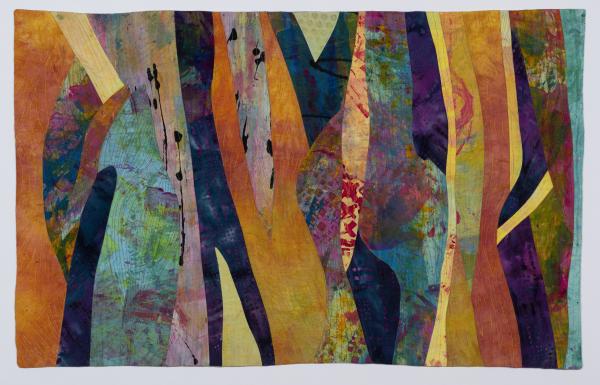 Barbara Behrmann, After the Harvest, 2018, Hand-painted cottons, hand-dyed cottons, commercial cottons, variety of threads, 23 x 37”
Barbara Behrmann, After the Harvest, 2018, Hand-painted cottons, hand-dyed cottons, commercial cottons, variety of threads, 23 x 37”
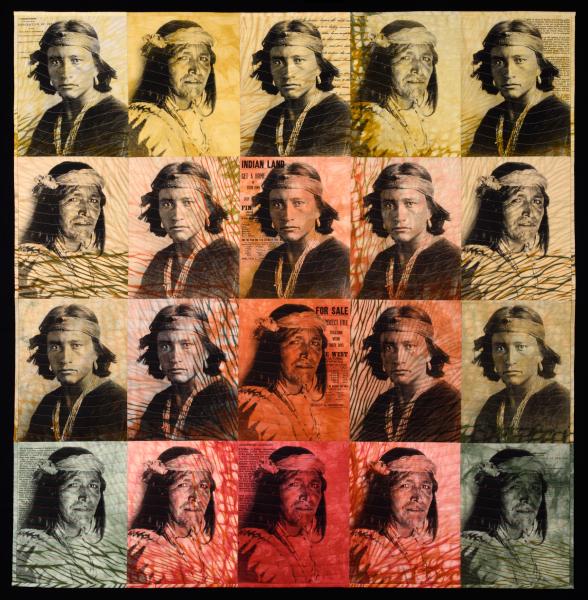 Patty Kennedy-Zafred, This Land Was Our Land, 2016, Cotton fabric, procion dyes, textile ink, silkscreen materials, image transfer materials, cotton batting, cotton and rayon threads, 57 x 56"
Patty Kennedy-Zafred, This Land Was Our Land, 2016, Cotton fabric, procion dyes, textile ink, silkscreen materials, image transfer materials, cotton batting, cotton and rayon threads, 57 x 56"
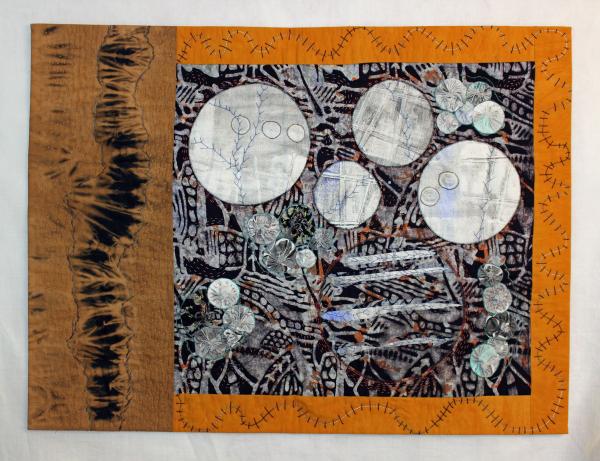 M. Camille Eaton Romig , Lichen-like, 2019, Monoprinted, hand-dyed and commercial cotton fabrics, embroidery threads, 21.5" x 28”
M. Camille Eaton Romig , Lichen-like, 2019, Monoprinted, hand-dyed and commercial cotton fabrics, embroidery threads, 21.5" x 28”

